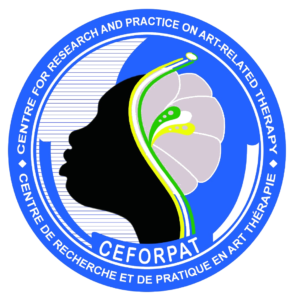Creation of in situ monuments: the case of the ARCAM site in Yaounde . Get the full PDF
Landry Ghislain TELE DJOSSEU ………………………………..……..……..…110-129
The institutional shaping of the State of Cameroon began in 1946 in this place with the creation of the Representative Assembly of Cameroon (ARCAM) by decree n°46-2376 of the French government. This same site, which today serves as the “Yaounde Pilot Linguistic Centre”, is a highly symbolic place that has witnessed the constitutional evolution of the country, from the State of Cameroon under UN trusteeship to the Oriental Republic of Cameroon. It was in this room that the form of the State was developed and the very first President was sworn in. Given this exceptionality, it is quite curious that this site doesn’t stand out from a visual point of view, with a remarkable artistic and sculptural representation executed according to the site, to play an active, alternative and unique role in promoting and safeguarding our historical and heritage legacy. Proposing a sculptural monument in-situ remains the main objective of this research, because, situated in the heart of the city of Yaounde, the idea is to revitalise this space of such great importance, to draw the attention of the public authorities and the citizens of the city to the importance of this site so that it no longer continues to sink gradually and surely into oblivion. Based on historical and factual data, field surveys and a methodological approach to the creation of works based on Mnémo-Génératisme, several proposals for in situ sculptural works were made, and a model developed using ceramic technology was produced. This in situ sculptural monument would be a permanent solution to restore this mythical space, which no longer needs to demonstrate its importance.
.
Keywords: Creation, In-situ Monument, History, Yaoundé, Mnemo-Generatism
